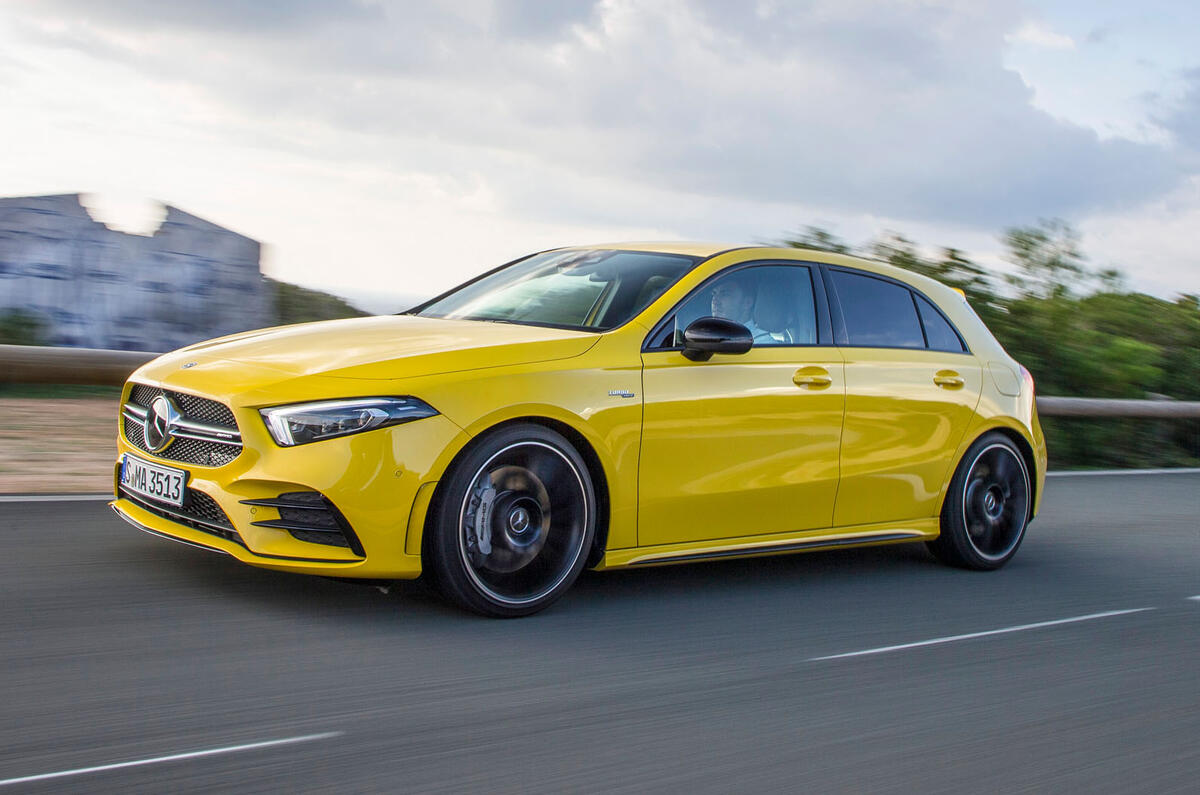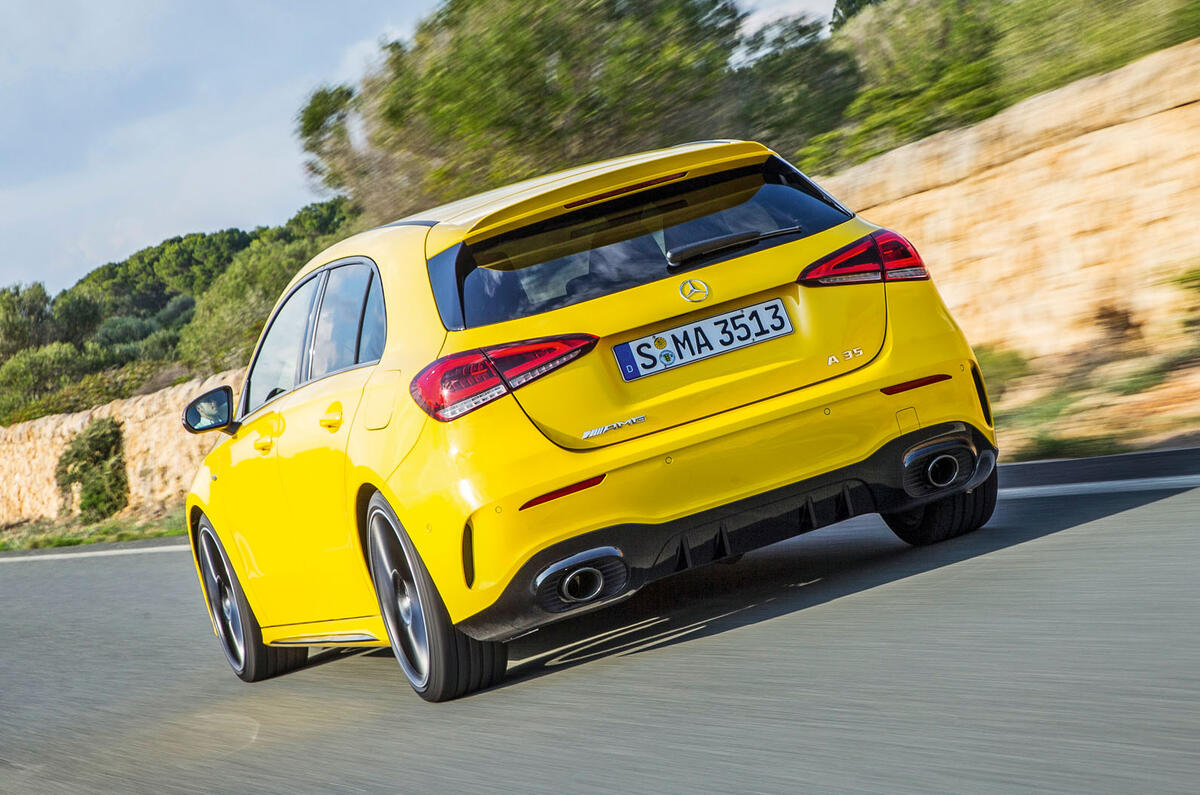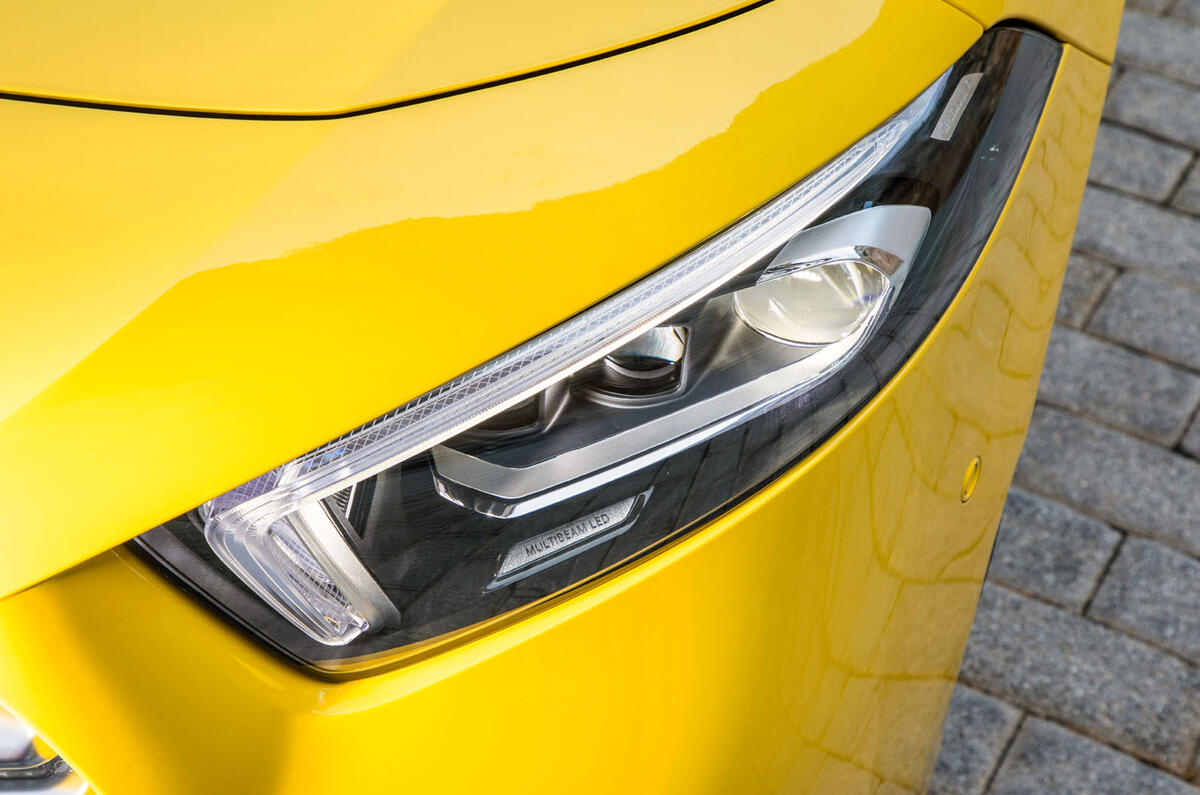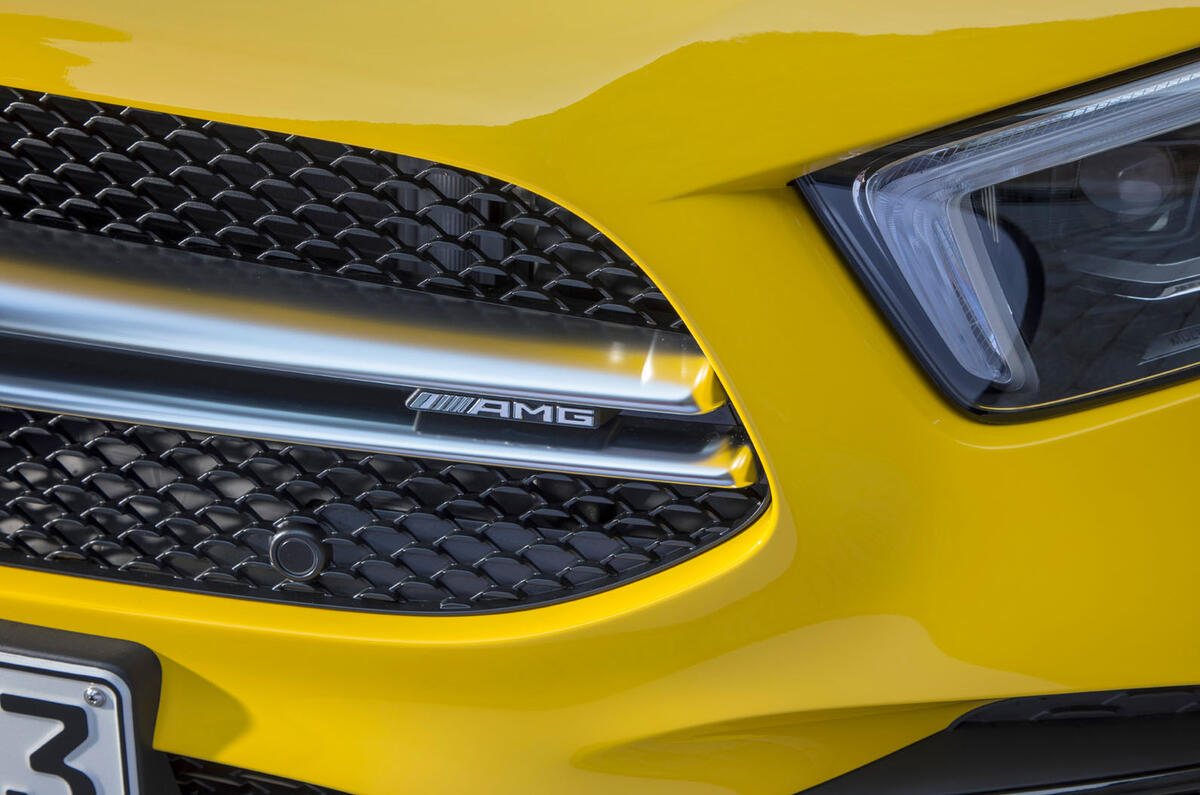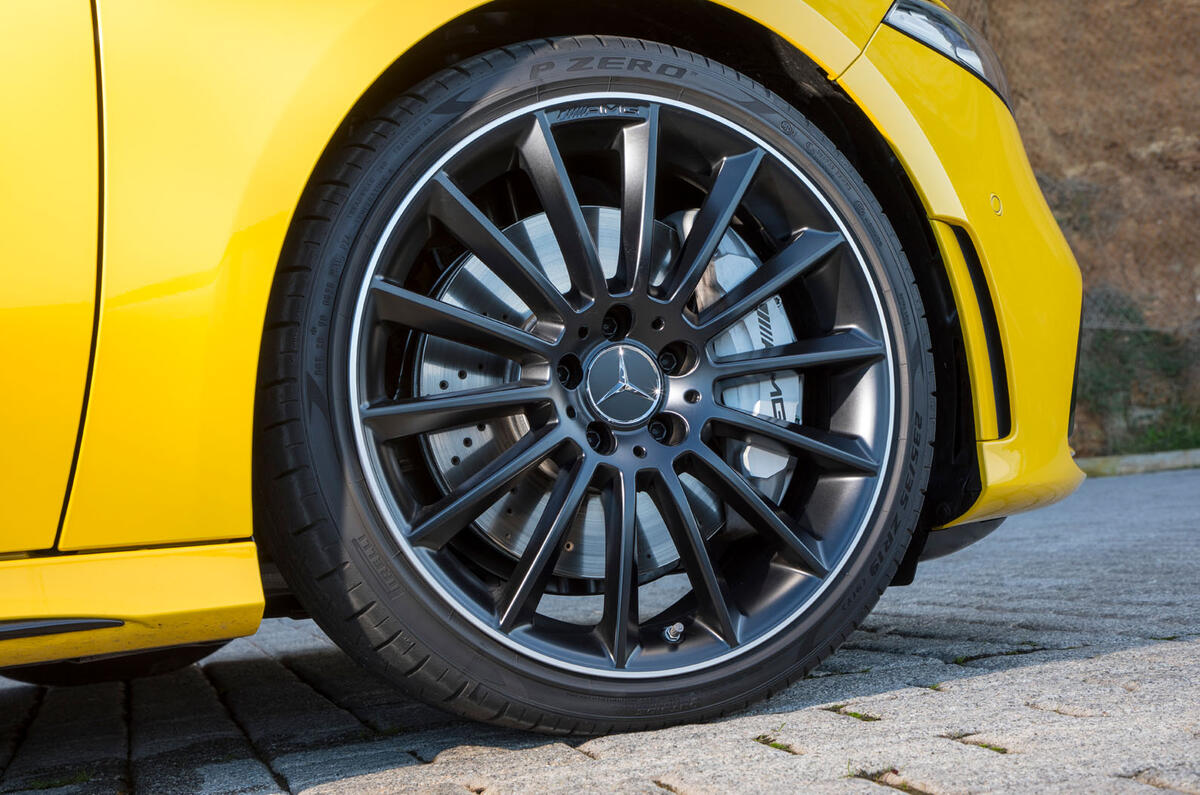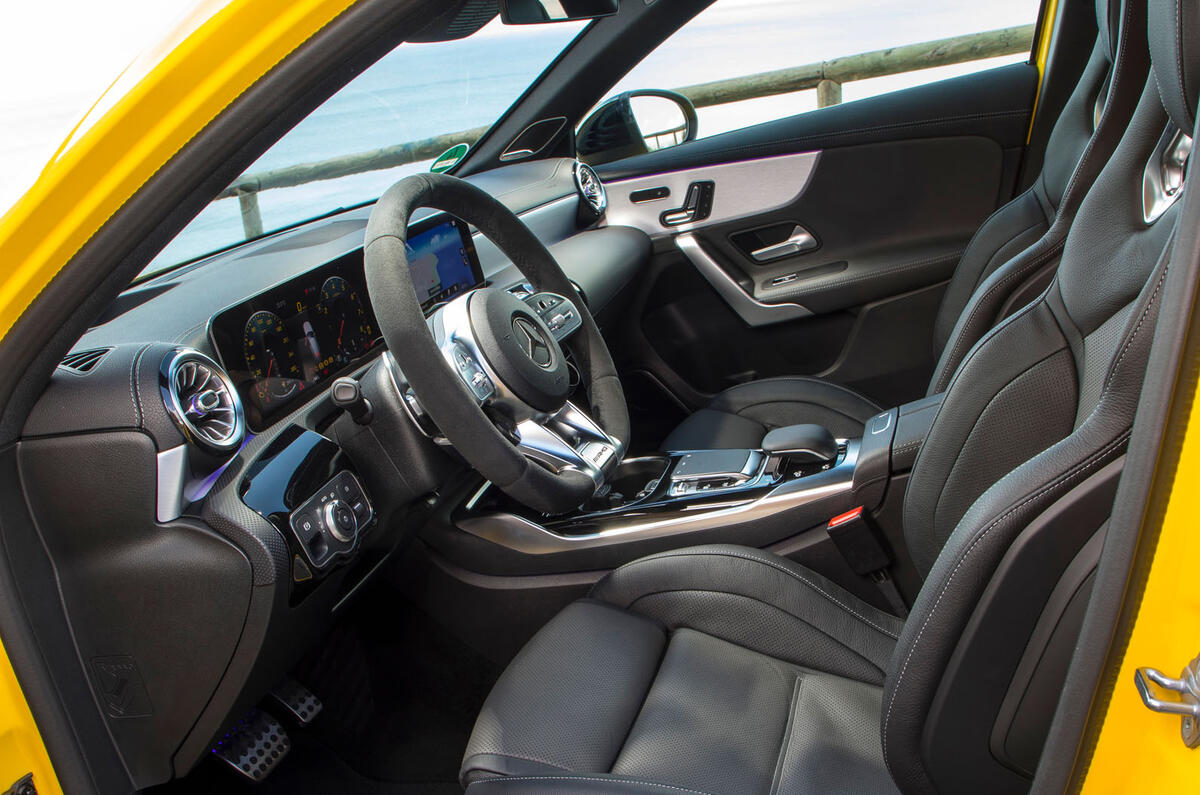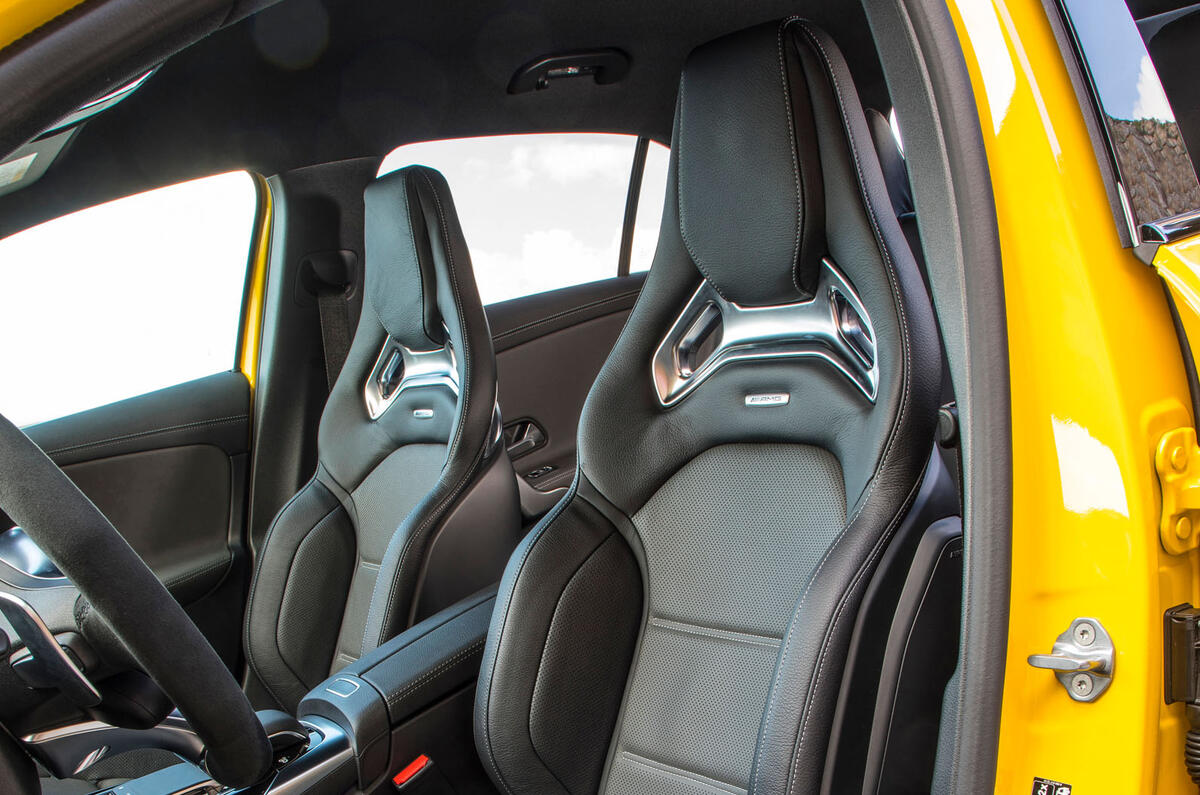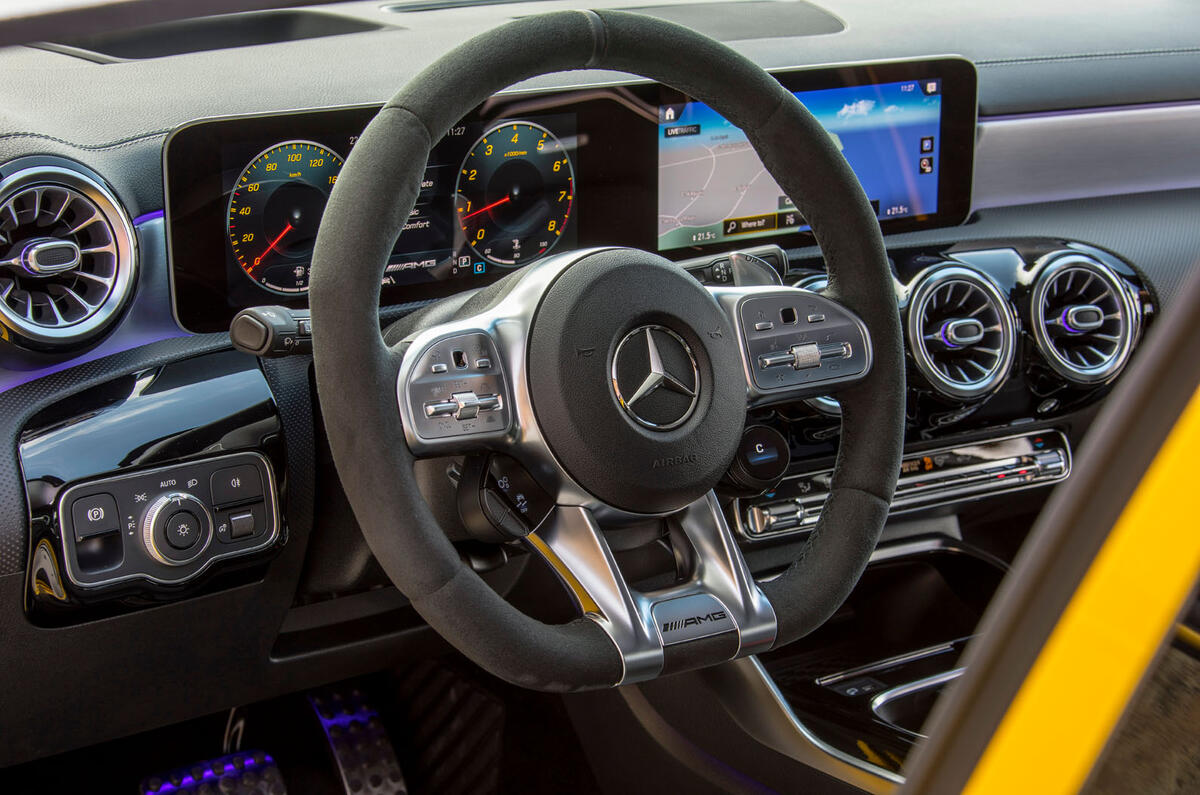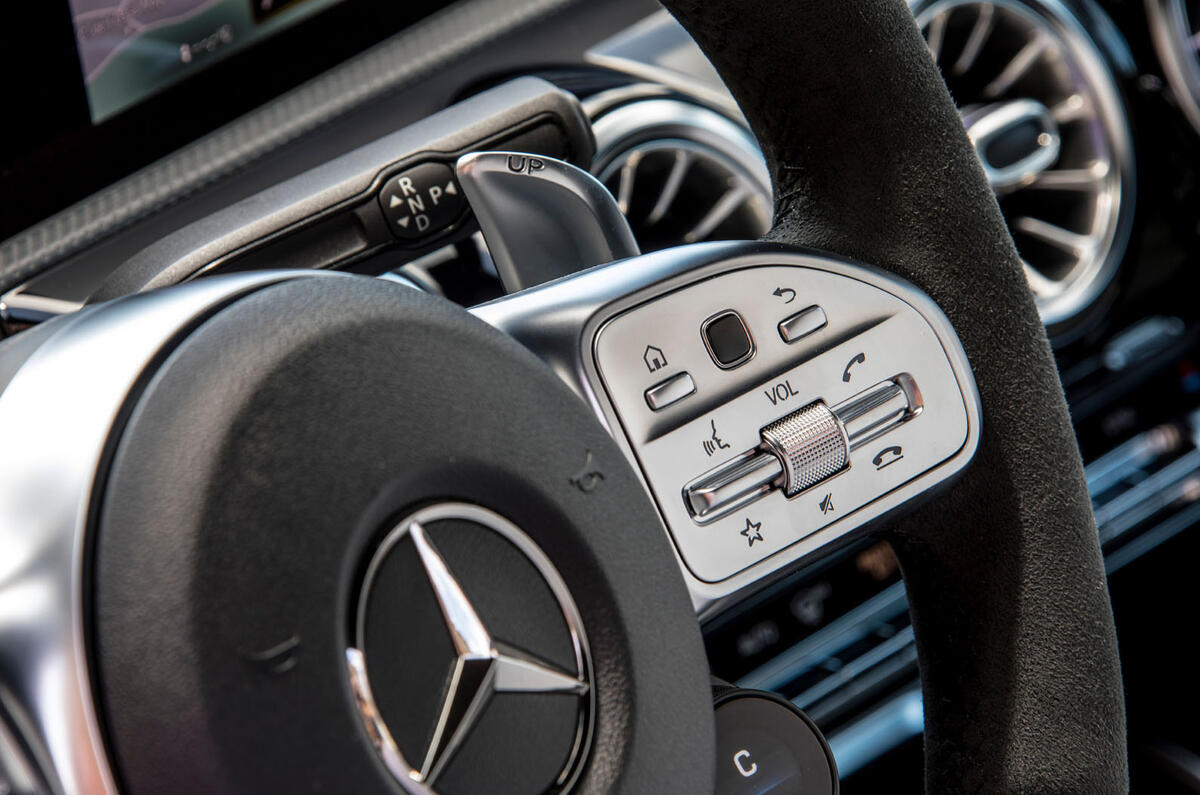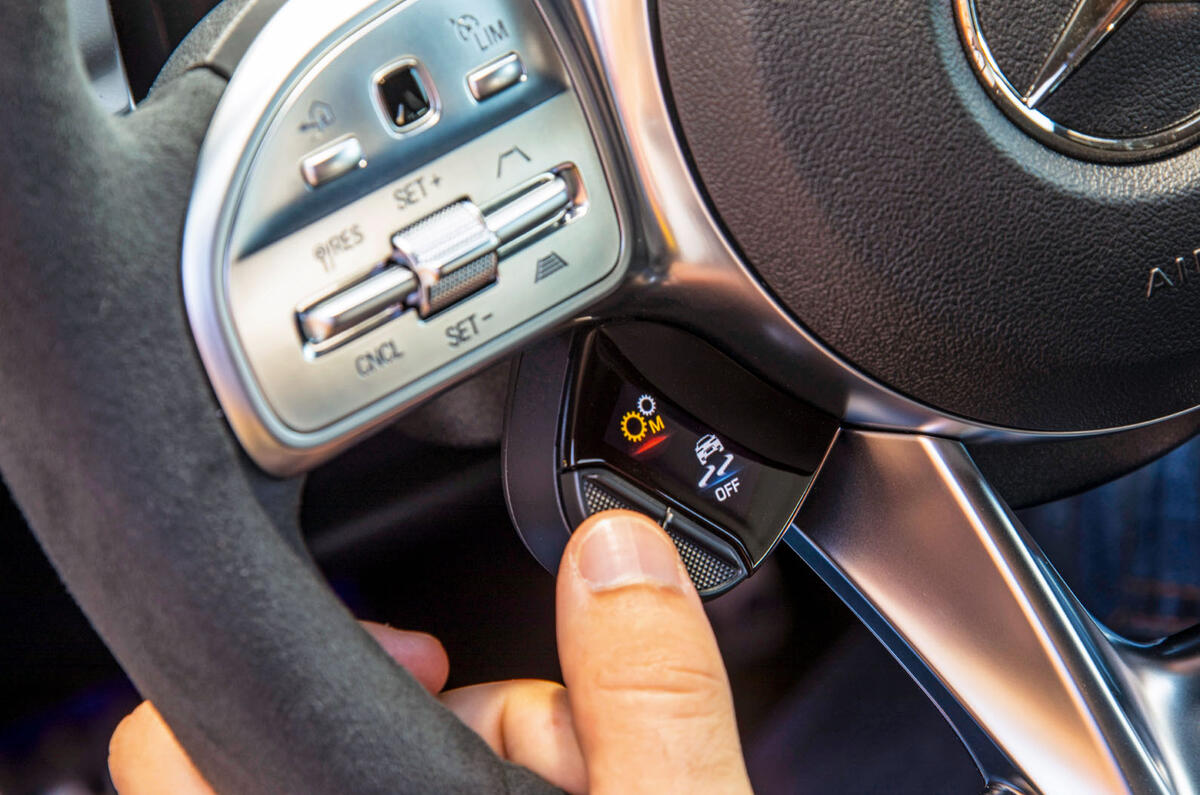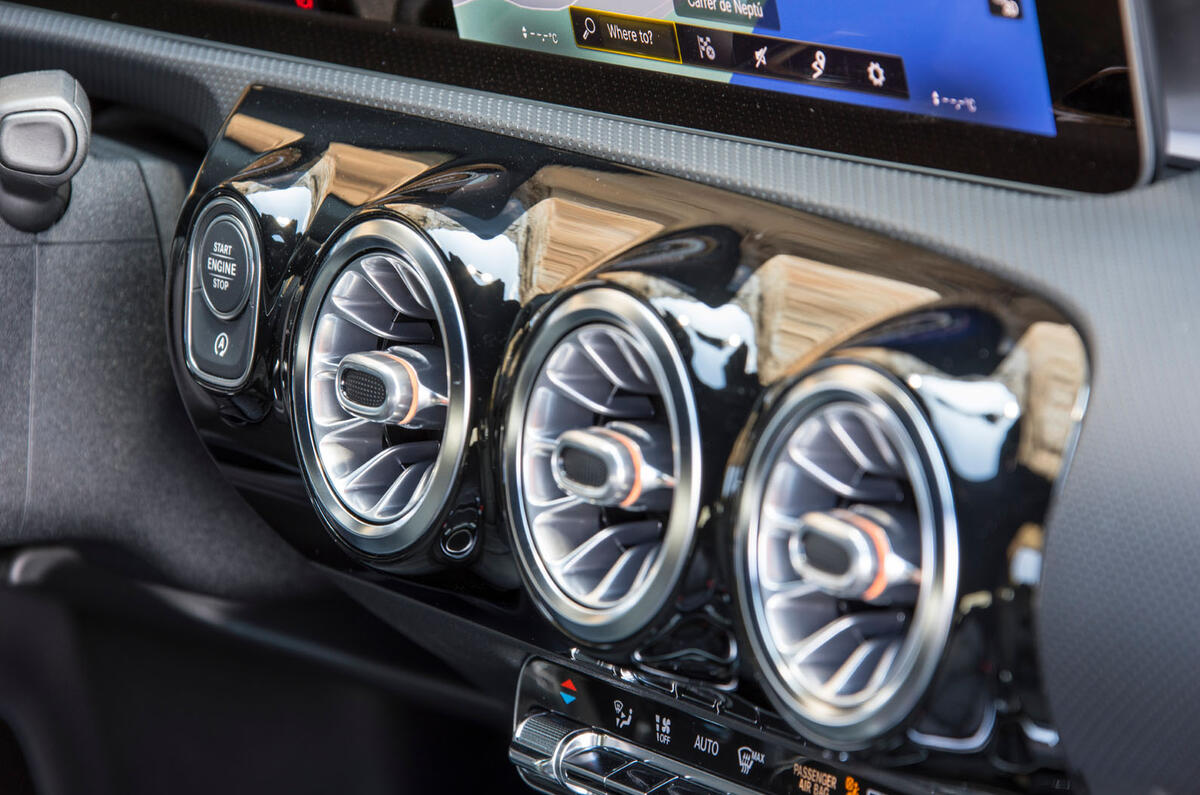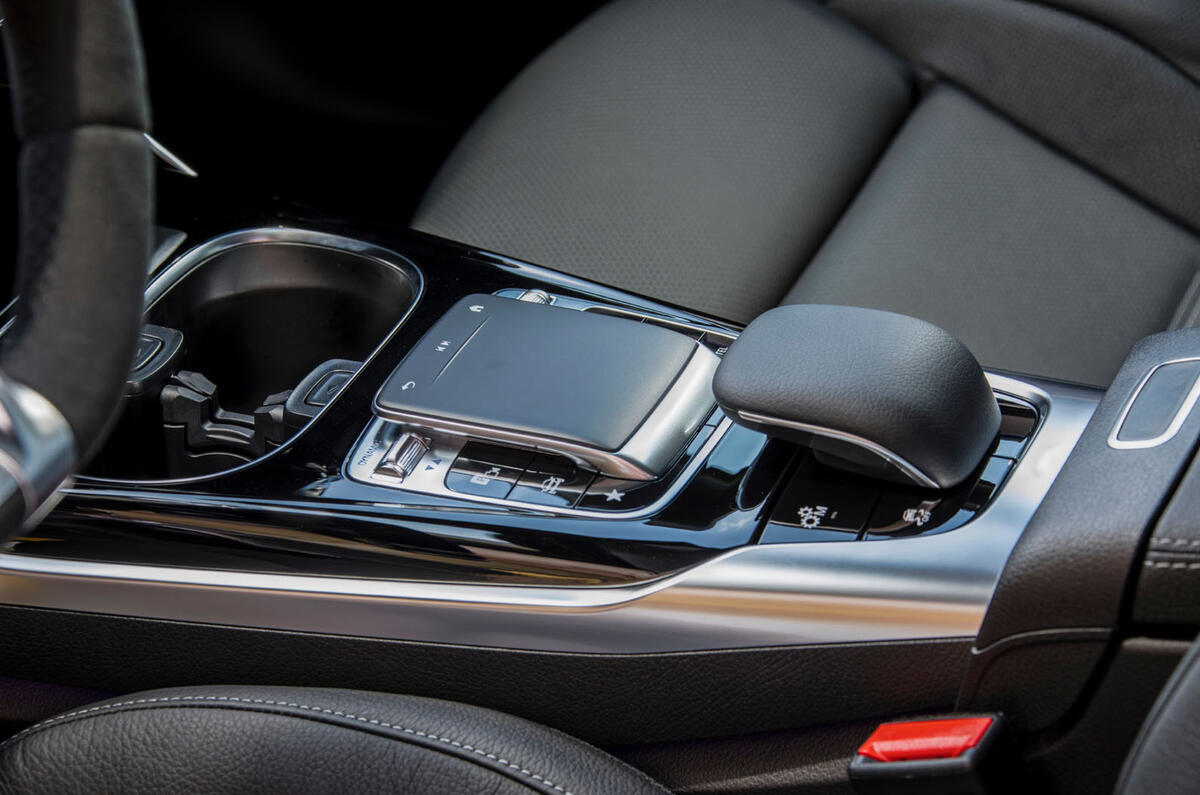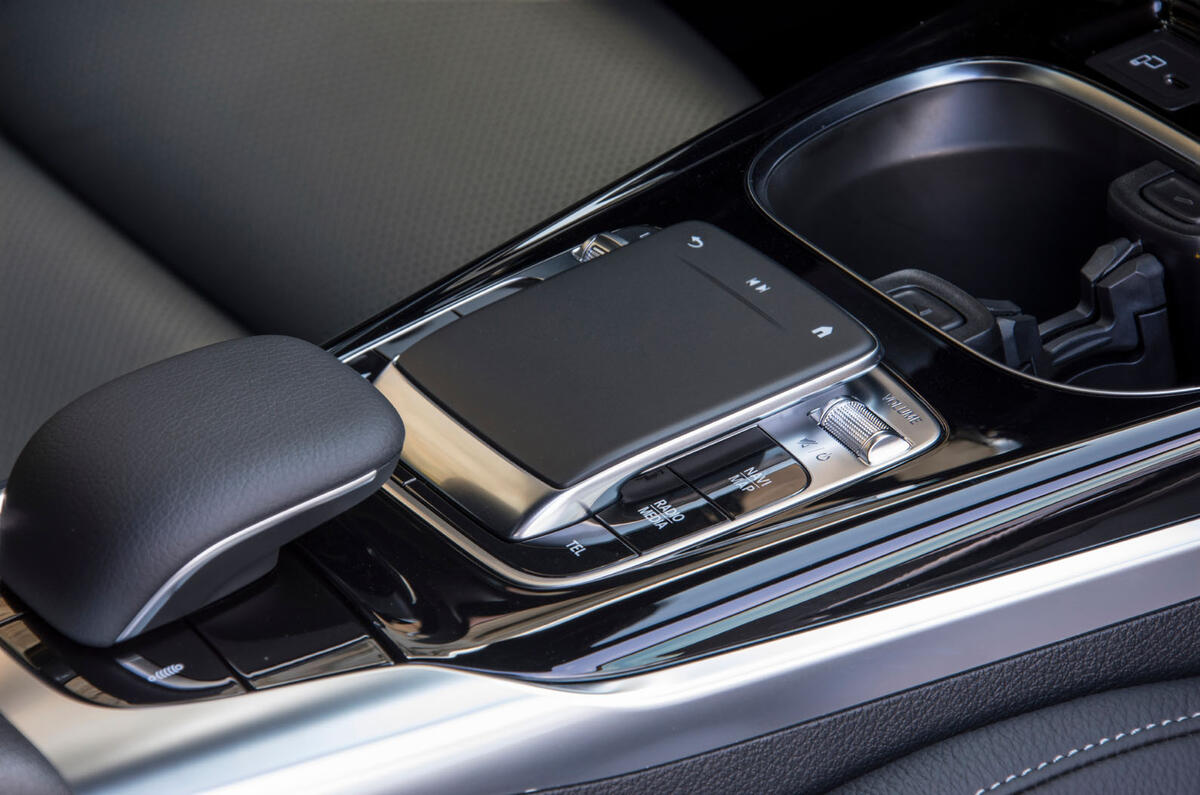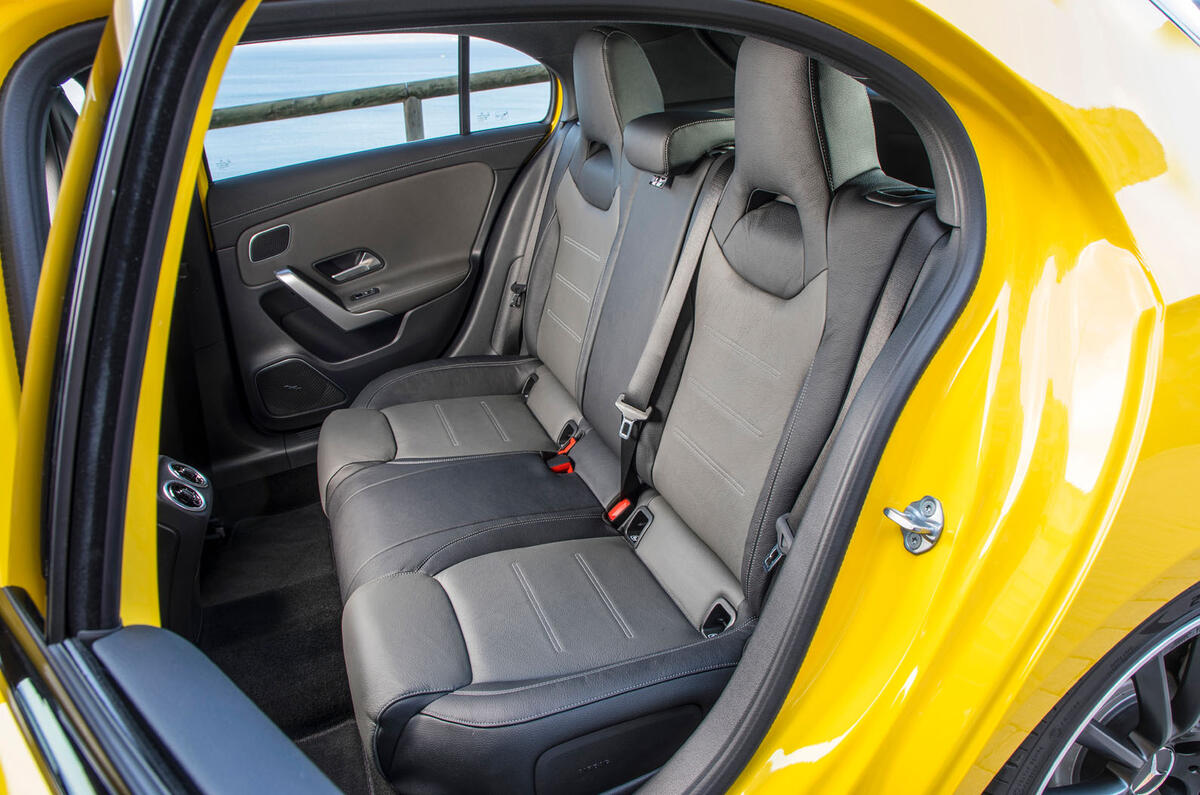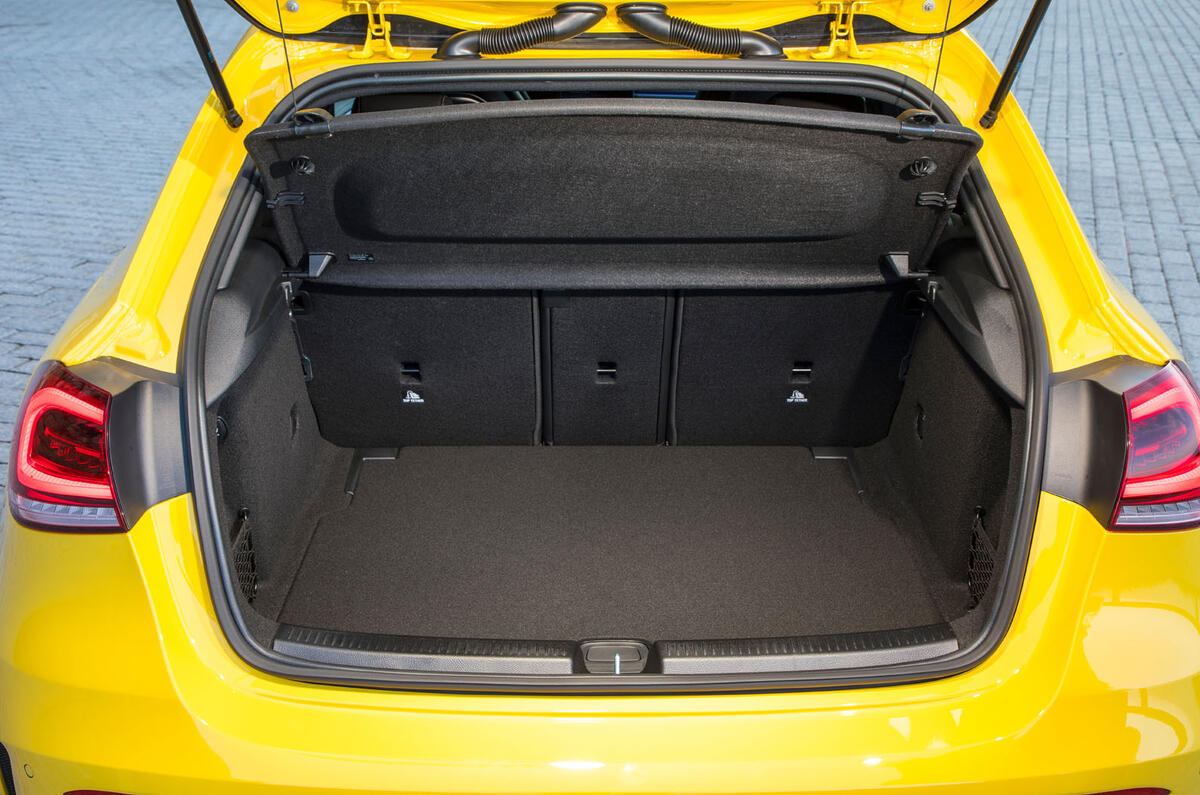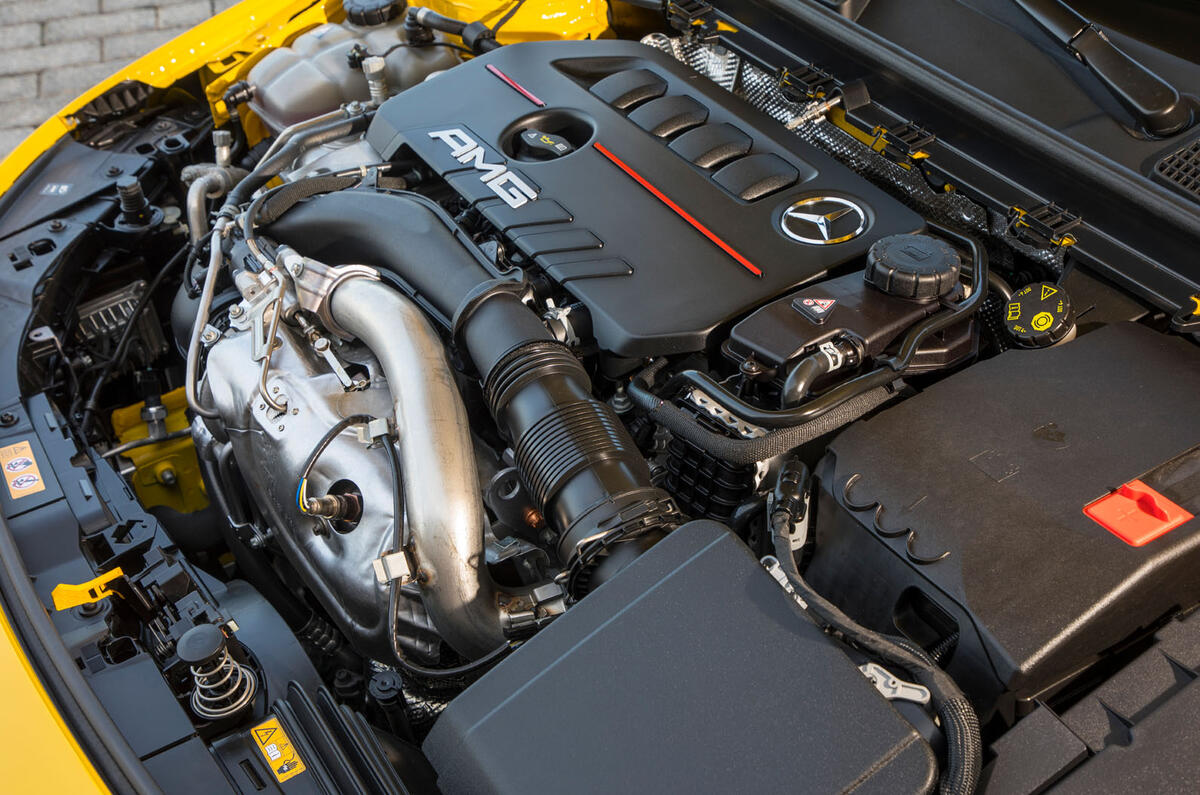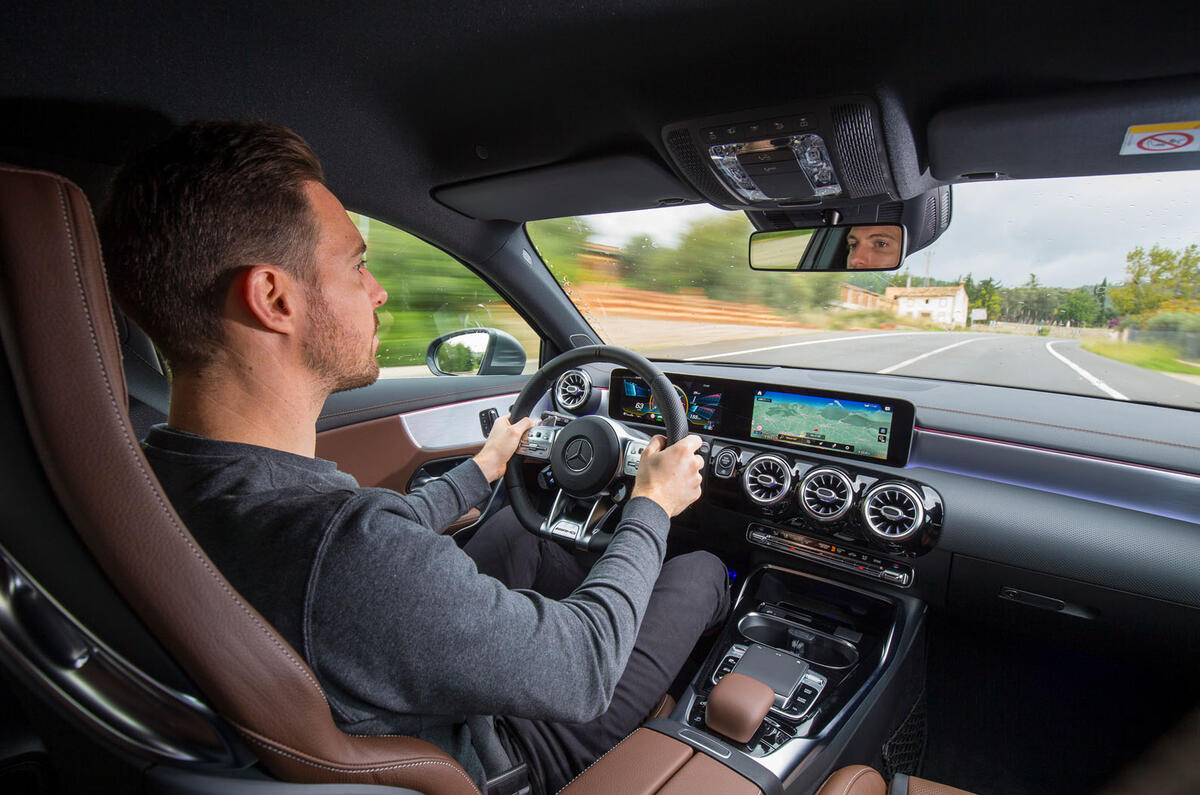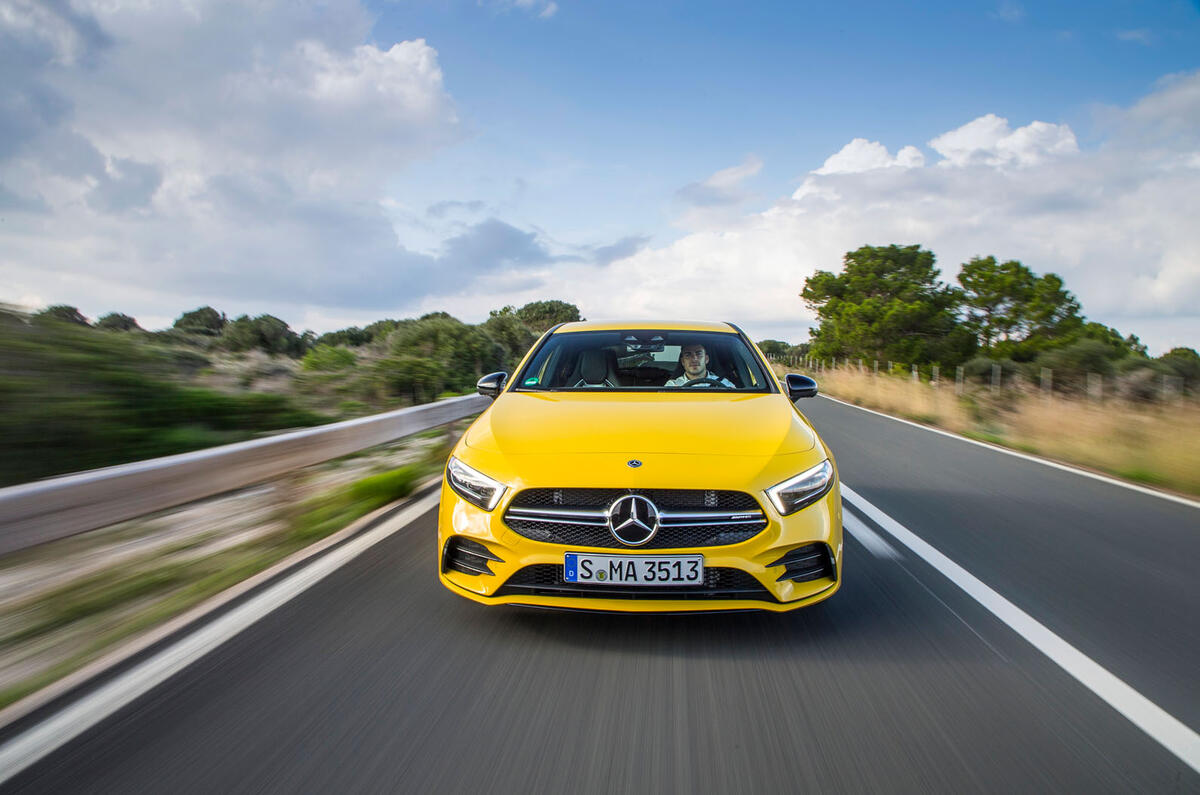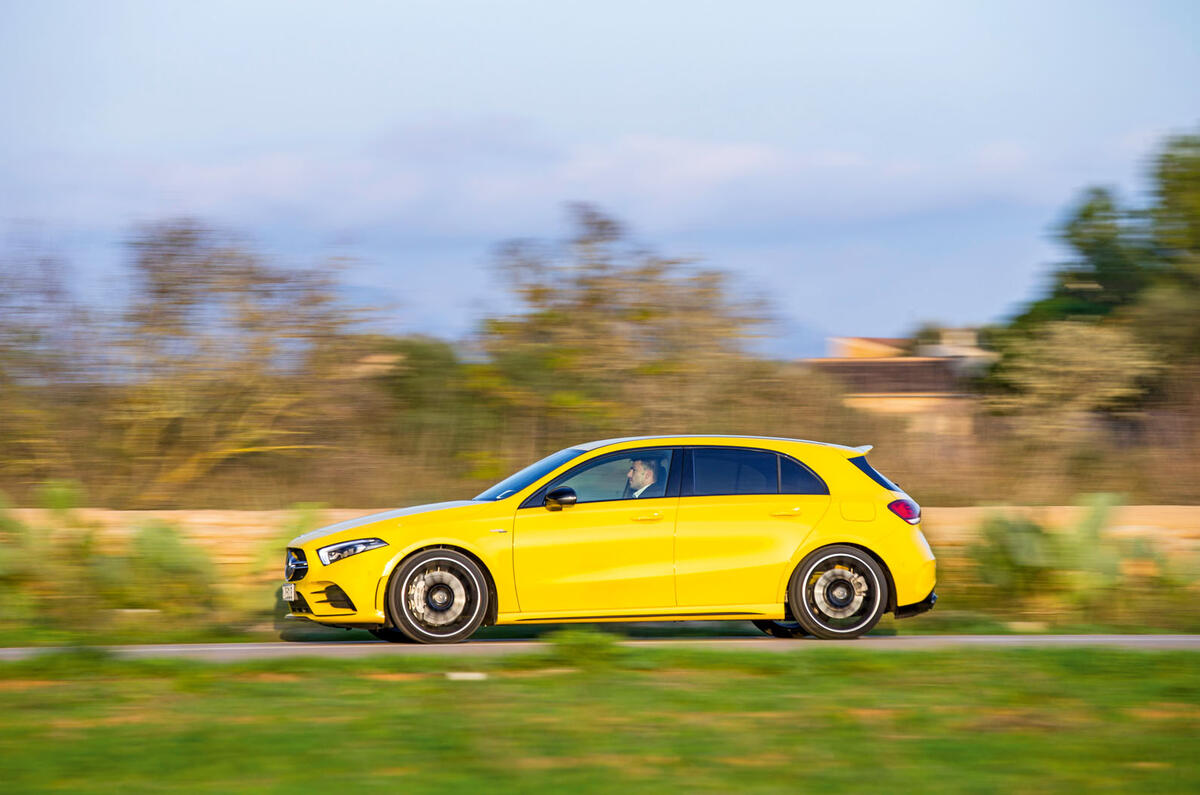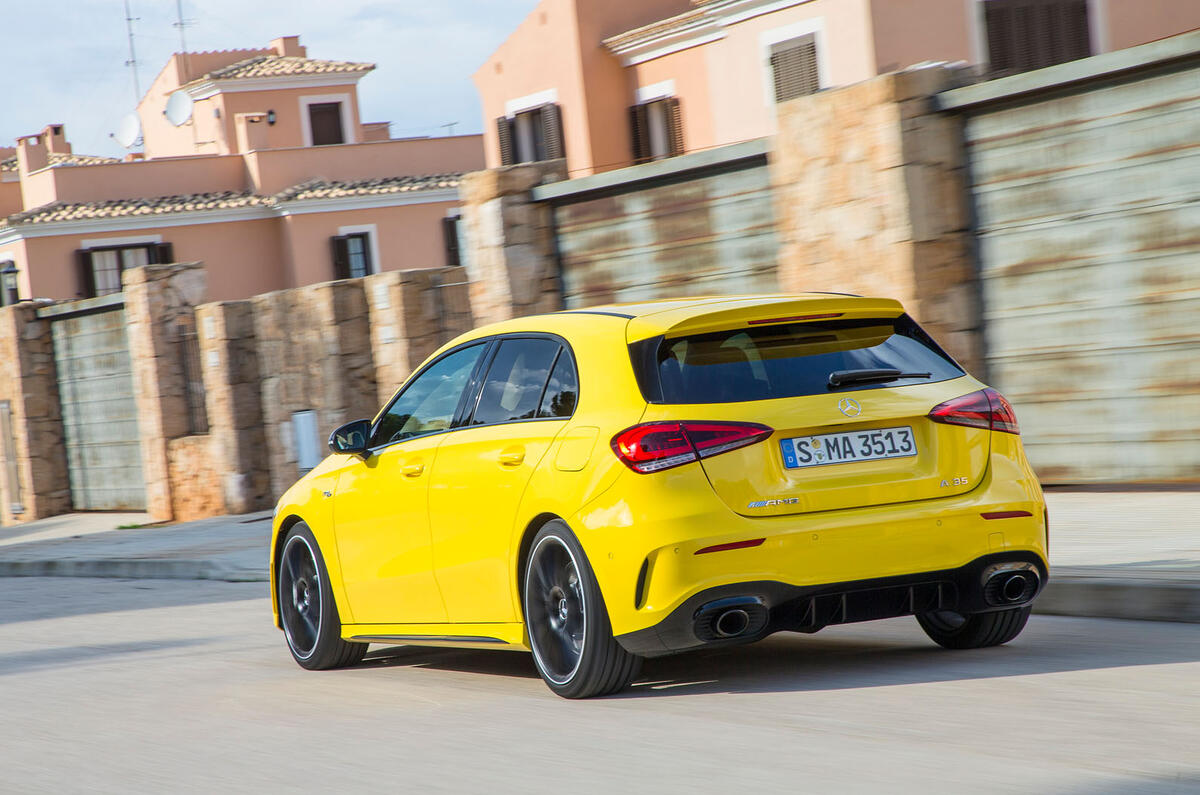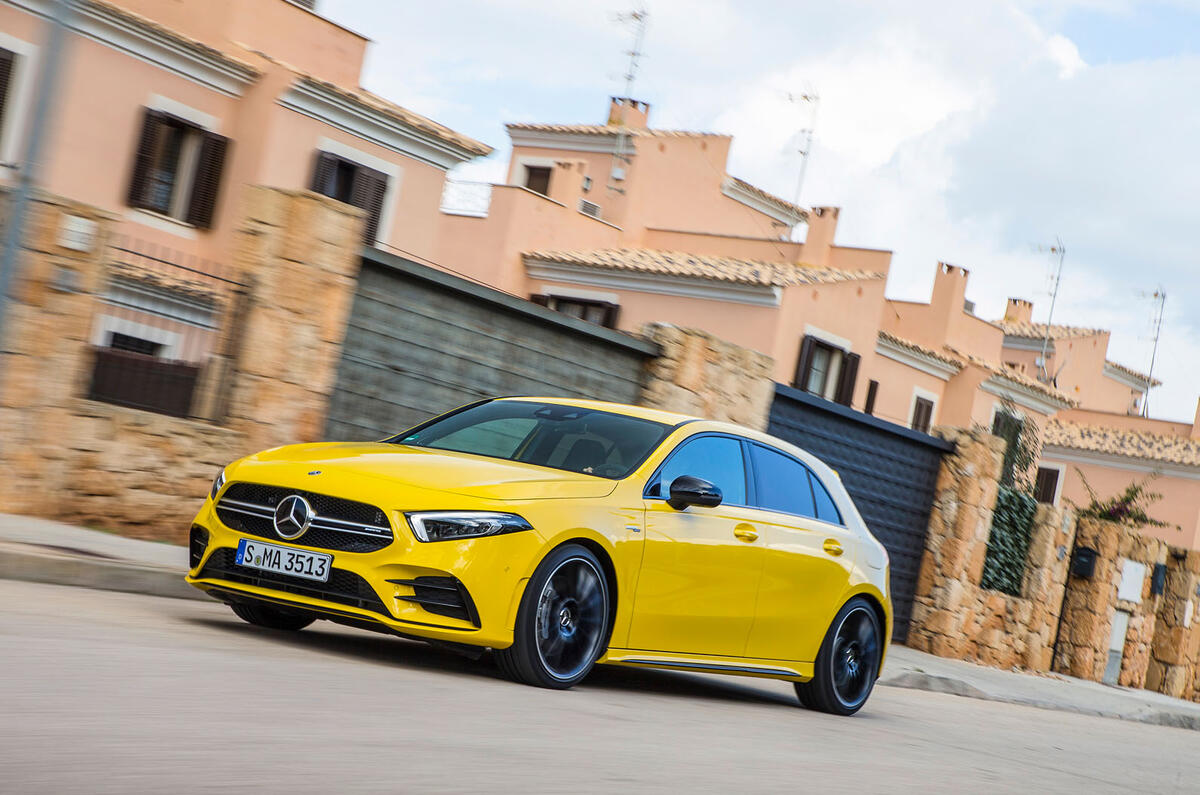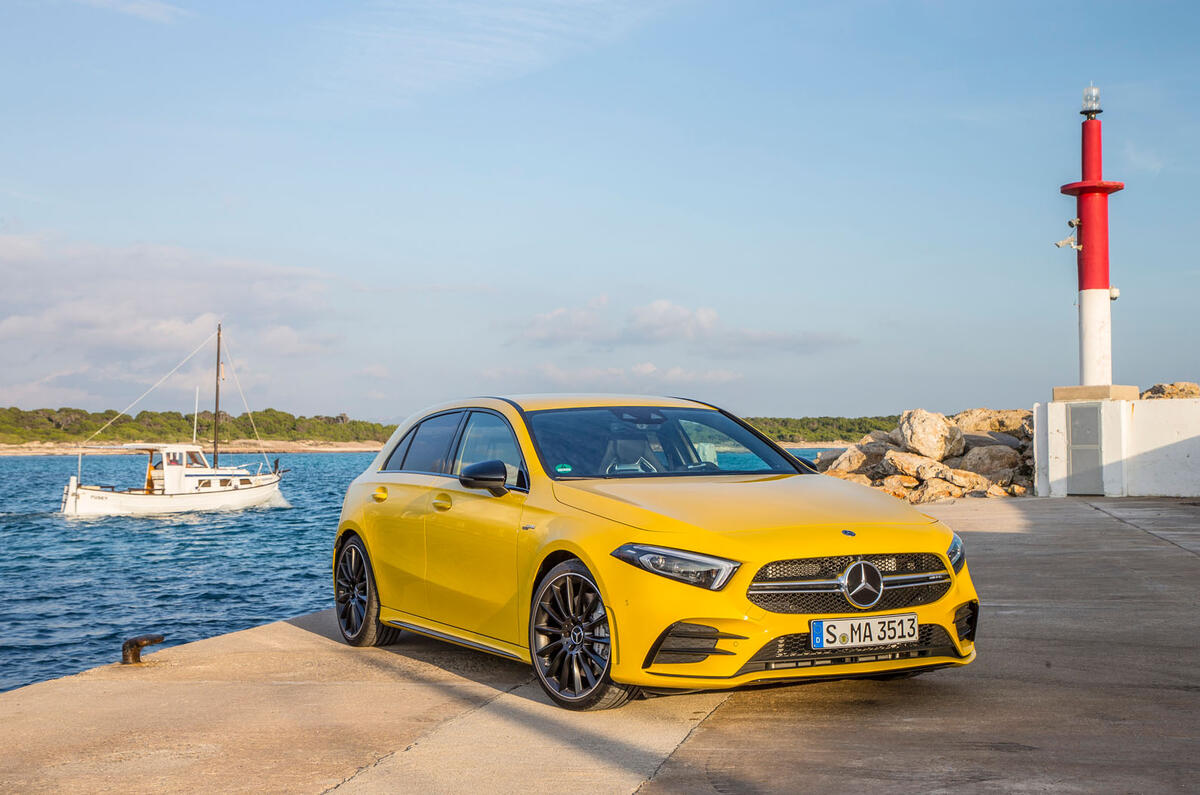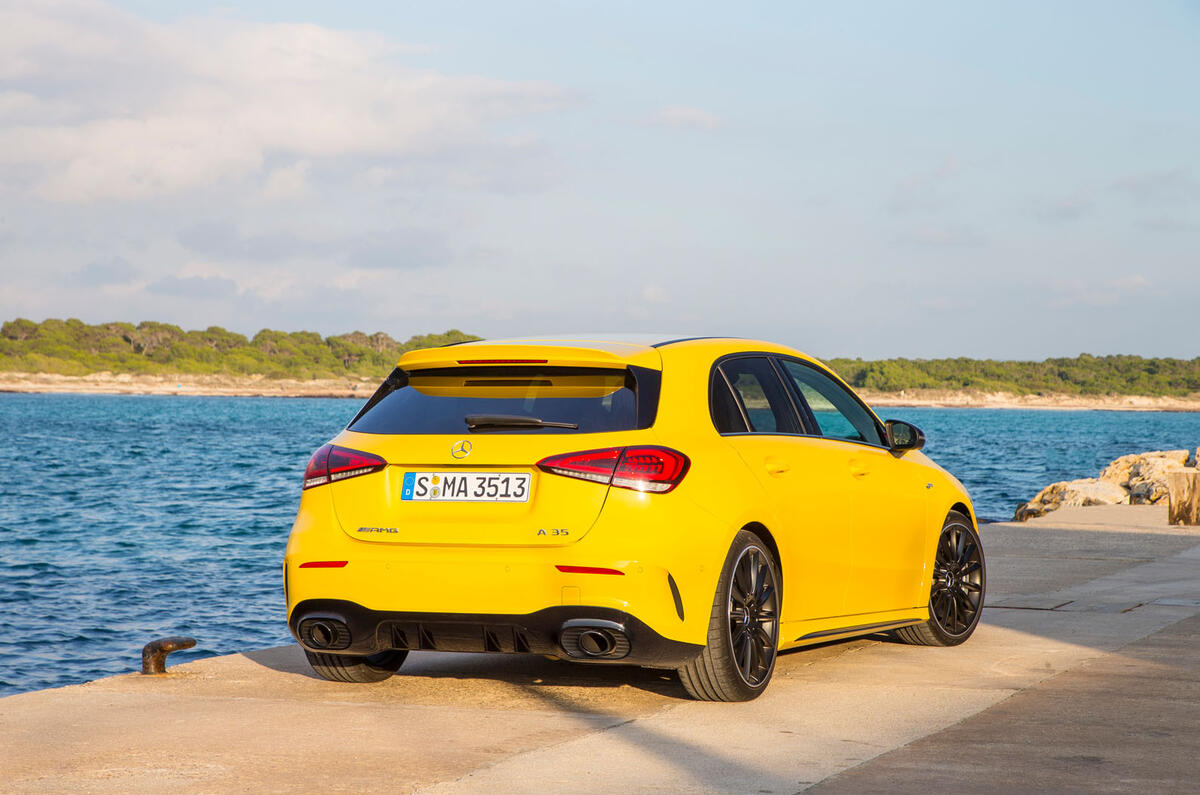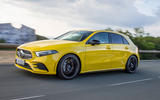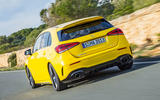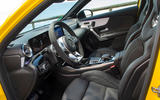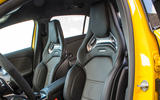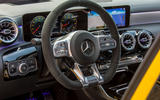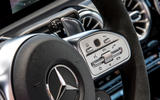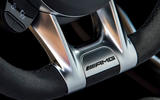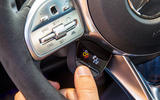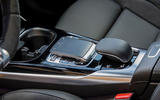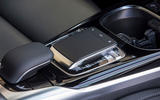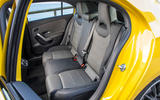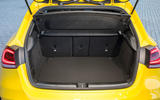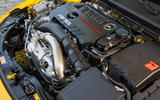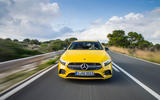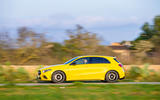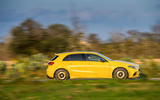Asked if he would describe the new Mercedes-AMG A35 as more like a fun car or more like an everyday car, AMG engineering lead Steffen Jastrow is unequivocal. “The A35 is a fun car first and foremost,” he says. That could be significant.
Mercedes-AMG’s first attempt at a hot hatch was strangely unsatisfying, despite its frantic straight-line performance and bonded-to-the-Tarmac cornering grip – as well as what you might tastelessly call ‘driveway appeal’. Costing more than £40,000, the A45 AMG was a touch expensive, too. That made overlooking the fact that it didn’t quite deliver the single most important commodity for any compact performance car, which, we can all agree, is driving fun, all the more difficult.
Nonetheless, the A45 and its coterie of derivatives – the high-riding Mercedes-AMG GLA 45, the Mercedes-AMG CLA 45 saloon and the CLA45 Shooting Brake – were runaway sales successes. Mercedes-AMG says it shifted double the number of 45-badged models it had originally anticipated, many of those going to younger buyers who hadn’t been able to afford any sort of AMG before.
Eventually, there will be a new A45 based on this latest Mercedes-Benz A-Class – expect it to have more than 400bhp – but for now, we have the A35 to become acquainted with. Priced from £35,580 in the UK, it is several thousands of pounds cheaper than the old A45 and its purpose is a very simple one: bring even younger buyers into the AMG fold so that they might graduate every two or three years up the ranks.

